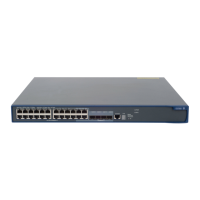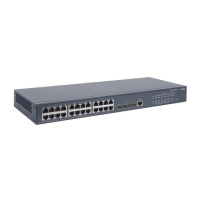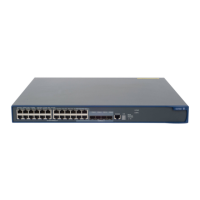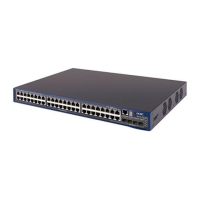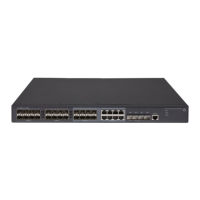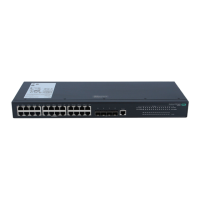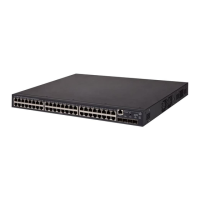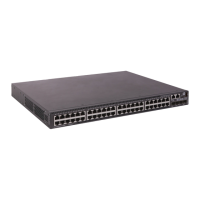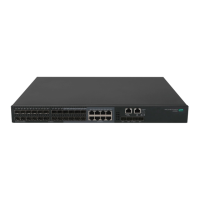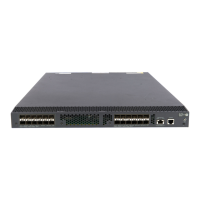40
NOTE:
• The authentication method specified with the authentication default command is for all types of users
and has a priority lower than that for a specific access mode.
• With an authentication method that references a RADIUS scheme, AAA accepts only the authentication
result from the RADIUS server. The Access-Accept message from the RADIUS server does include the
authorization information, but the authentication process ignores the information.
• With the radius-scheme
radius-scheme-name
local, or hwtacacs-scheme
hwtacacs-scheme-name
local keyword and ar
ument combination confi
ured, local authentication is the backup method and is
used only when the remote server is not available.
• If you specify only the local or none keyword in an authentication method confi
uration command, the
device has no backup authentication method and performs only local authentication or does not
perform any authentication.
• If the method for level switchin
authentication references an HWTACACS scheme, the device uses the
login username of a user for level switching authentication of the user by default. If the method for level
switchin
authentication references a RADIUS scheme, the system uses the username confi
ured for the
corresponding privilege level on the RADIUS server for level switching authentication, rather than the
original username, namely the login username or the username entered by the user. A username
configured on the RADIUS server is in the format of $enab
level
$, where
level
specifies the privile
e level
to which the user wants to switch. For example, if user user1 of domain aaa wants to switch the privile
e
level to 3, the system uses $enab3@aaa$ for authentication when the domain name is required and
uses $enab3$ for authentication when the domain name is not required.
Configuring AAA authorization methods for an ISP domain
In AAA, authorization is a separate process at the same level as authentication and accounting. Its
responsibility is to send authorization requests to the specified authorization servers and to send
authorization information to users after successful authorization. Authorization method configuration is
optional in AAA configuration.
AAA supports the following authorization methods:
• No authorization—The access device performs no authorization exchange. After passing
authentication, non-login users can access the network, FTP users can access the root directory of
the device, and other login users have only the right of Level 0 (visiting).
• Local authorization—The access device performs authorization according to the user attributes
configured for users.
• Remote authorization—The access device cooperates with a RADIUS or an HWTACACS server to
authorize users. RADIUS authorization is bound with RADIUS authentication. RADIUS authorization
can work only after RADIUS authentication is successful, and the authorization information is
carried in the Access-Accept message. HWTACACS authorization is separate from HWTACACS
authentication, and the authorization information is carried in the authorization response after
successful authentication. You can configure local authorization or no authorization as the backup
method to be used when the remote server is not available.
Before configuring authorization methods, complete the following tasks:
1. For HWTACACS authorization, configure the HWTACACS scheme to be referenced first. For
RADIUS authorization, the RADIUS authorization scheme must be the same as the RADIUS
authentication scheme; otherwise, it does not take effect.
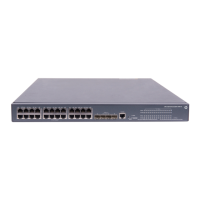
